In the context of extrusion, RAM refers to a key component used to push the material through the extruder, facilitating the production of continuous profiles. It is a critical part of the extrusion machinery, ensuring that raw materials are consistently fed into the die for shaping and forming.
Function of RAM in Extrusion:
-
Material Feeding: The RAM helps to move the raw material (often in the form of pellets or powder) into the barrel of the extruder. This ensures a steady flow of material into the screw, which is then processed and shaped.
-
Compression: The RAM applies pressure on the material to compact and homogenize it before it enters the screw. This is especially important in processes like plastic extrusion, where consistent material flow is crucial for uniform product quality.
-
Temperature Control: By exerting pressure, the RAM can also help in maintaining the material at the proper temperature, preventing issues such as material degradation or inconsistent extrusion.
Benefits of RAM in the Extrusion Process:
-
Consistency: The RAM ensures a steady and uniform feed of material, preventing fluctuations that could result in defects in the final product.
-
Improved Output: By optimizing material flow and pressure, the RAM helps increase the overall efficiency and throughput of the extrusion process.
-
Versatility: RAMs are used in various extrusion processes, including plastic, rubber, and metal extrusion, making them adaptable for different industries.
In conclusion, the RAM plays a crucial role in ensuring material consistency, improved efficiency, and optimal extrusion performance across various manufacturing sectors.
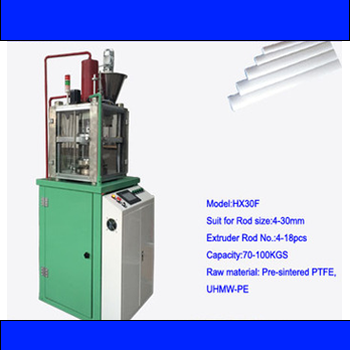
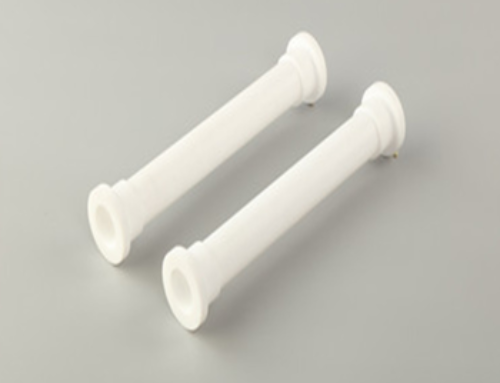
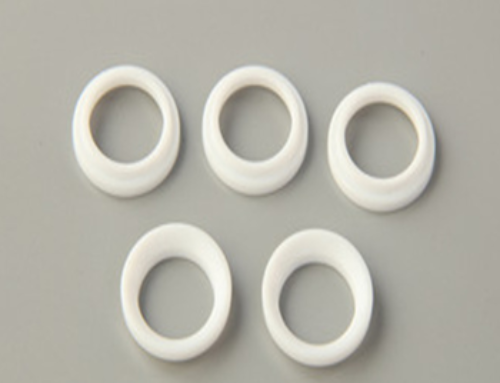
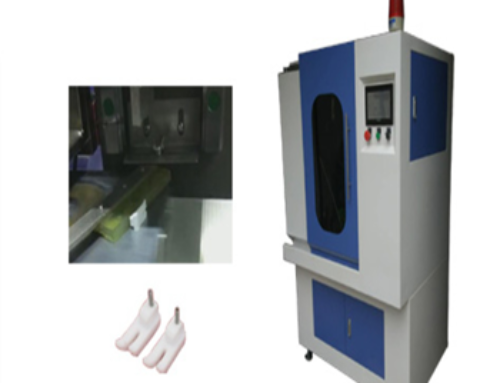
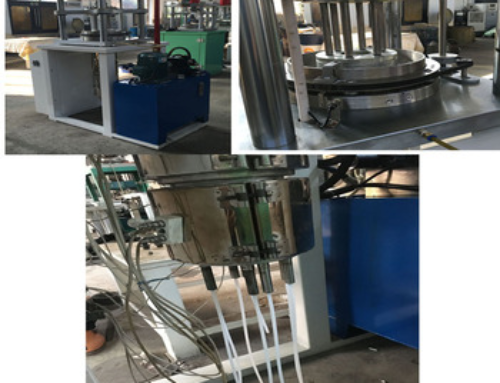
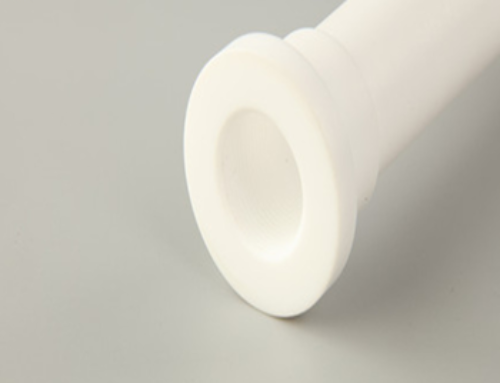

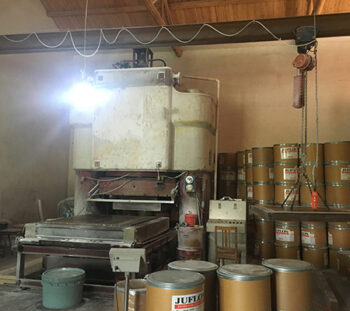
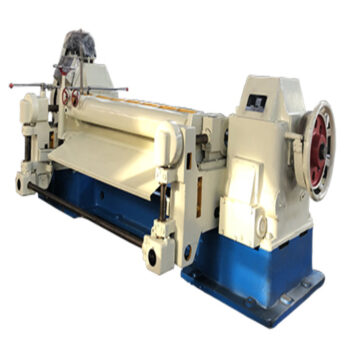
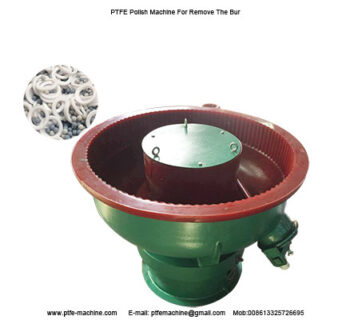
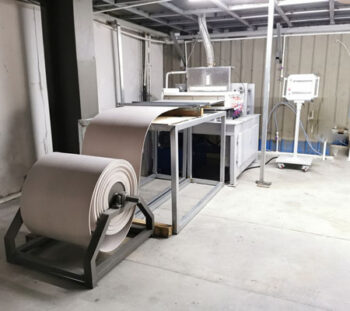
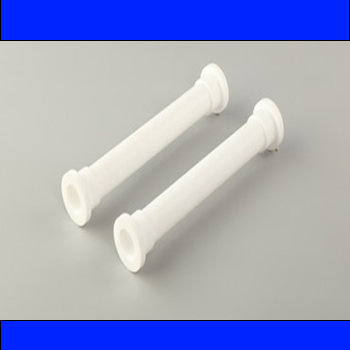

Leave A Comment
You must be logged in to post a comment.